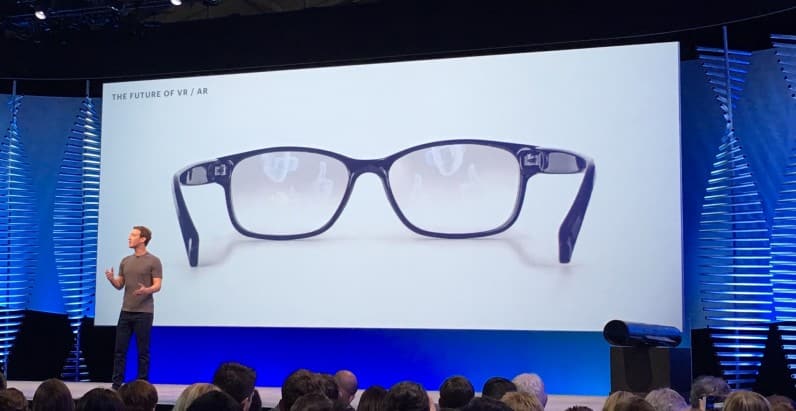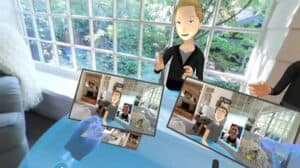According to RoadtoVR, Facebook’s Social VR platform for Oculus Rift is coming sooner than you think. Ben Lang tried to pin down Social VR product manager Mike Booth on a release date at the end of the Oculus Connect 3 (OC3) conference.
As soon as possible,” Booth said, further explaining that Facebook wants to get their first social VR experience out the door quickly and iterate with feedback from early users. When asked if we were likely to see that before the end of 2016, he was tight lipped. “When it’s done.
Okay, maybe not this year, but 2017 sounds like a real possibility.
Facebook and social VR
Mike Booth’s comments and the demos at OC3 reveal that Facebook is plowing significant resources into social VR.
Do you recall the criticism when Facebook originally bought Oculus for $2 Billion? In 2014, Cade Metz in Wired Magazine argued that the Facebook CEO had overreached. He quoted Brian Blau, a Gartner analyst who came out of the 80’s and 90’s VR community:
I have a hard time seeing the connection between social and virtual reality, in the way Facebook is talking about it,” he tells us. At the very least, he explains, transforming Oculus into a device that connects multiple people is a tremendous technical challenge, and even if you can meet that challenge, that doesn’t mean people will be comfortable using the thing.
That didn’t stop Zuckerberg. In fact, the Facebook CEO is now critical of his own lack of insight for moving too slowly on VR. He regrets that he didn’t have the foresight to see virtual reality coming and build a VR headset in-house.
As Zuckerberg has said,
I think we all know where VR is going to be in 20 years… It’s going to be the next major computing platform. (Pocket-lint)
The remarkable progress in Social VR
Facebook has already invested some $250 Million on virtual reality content. And another $250 Million is in the works. But content or not, Facebook is banking that a primary draw for virtual environments will be social dynamic.
The progress that Facebook has made so far is remarkable. At the F8 conference this spring, Facebook demoed their avatars in the VR testbed. At Oculus Connect 3, the avatars now have basic facial expressions and moving arms.
Quartz has a comparison of the avatars from F8 in April 2016 and OC3 in October. The top row are the avatars from six months ago. The bottom row is the most recent version.
![]()
Blau was right about the “tremendous technical challenge” here. But if this is progress in six months, imagine what it will be like in two years. We’ll soon have highly detailed avatars interacting with each other in virtual environments.
And when they start to fully mirror our actions, we’ll enter that uncanny valley when the virtual blends into the real (and vice versa).
If the comments from Mike Booth are any indication, Facebook is aiming to get this out the door as soon as possible.
VR through a pair of eyeglasses

Zuckerberg gets that no one will spend their days wearing clunky headsets just to interact with others. The hardware needs shrink and the cables disappear. VR processing power needs to be offloaded to the cloud.
Yesterday at Qualcomm’s 5G Summit, senior vice president Raj Talluri said that once VR processing is off the device, processor and battery life will no longer be an issue. VR headsets will be barely larger than a pair of eyeglasses (more on this shortly).
Ironically, Facebook’s work on social VR could profoundly upend our perception of social networking and virtual reality. Our computing platform would be an immersive social platform. It would open incredible opportunities in business (both in training and marketing) and in education.
Someday, people will laugh at the idea that businesses once banned Facebook use at work. And even more, teachers tried to keep it out of the learning environment.
Emory Craig is a writer, speaker, and consultant specializing in virtual reality (VR) and generative AI. With a rich background in art, new media, and higher education, he is a sought-after speaker at international conferences. Emory shares unique insights on innovation and collaborates with universities, nonprofits, businesses, and international organizations to develop transformative initiatives in XR, GenAI, and digital ethics. Passionate about harnessing the potential of cutting-edge technologies, he explores the ethical ramifications of blending the real with the virtual, sparking meaningful conversations about the future of human experience in an increasingly interconnected world.

